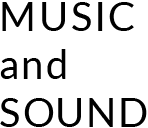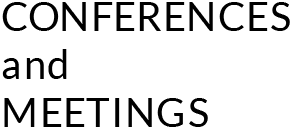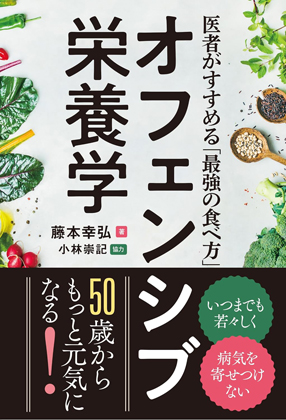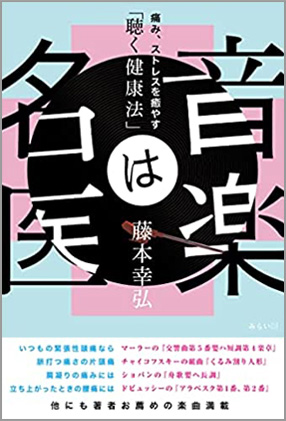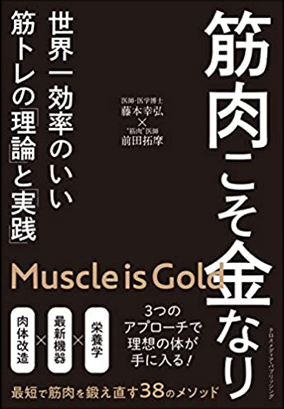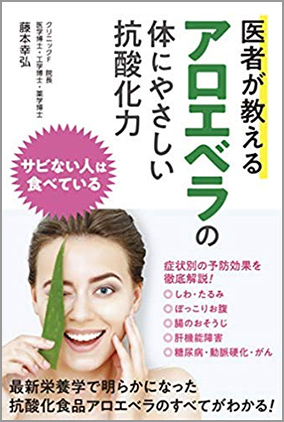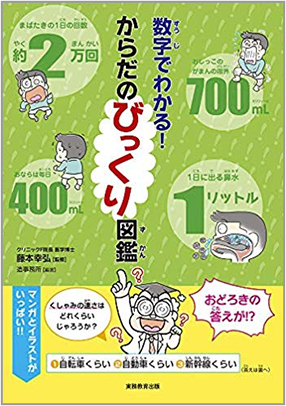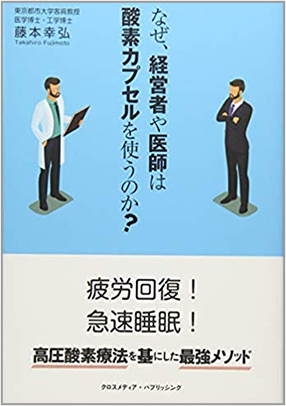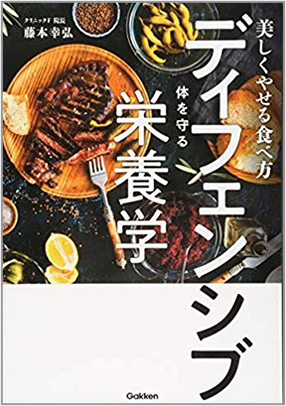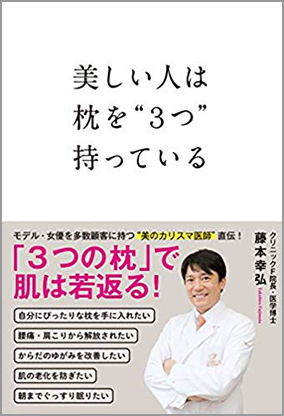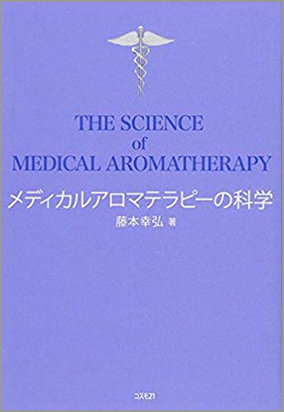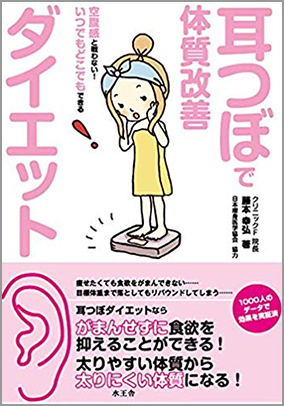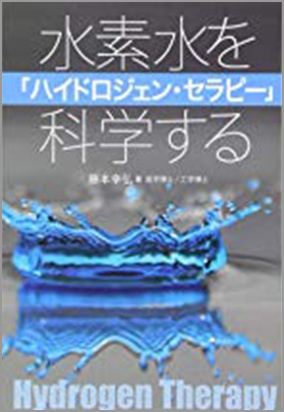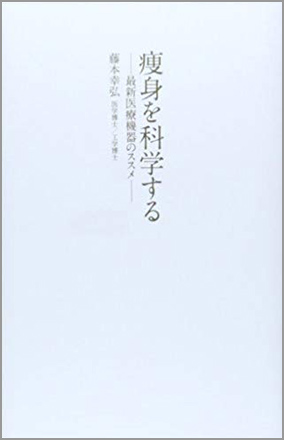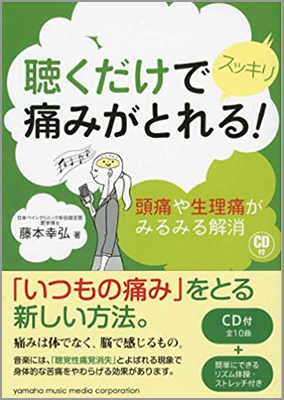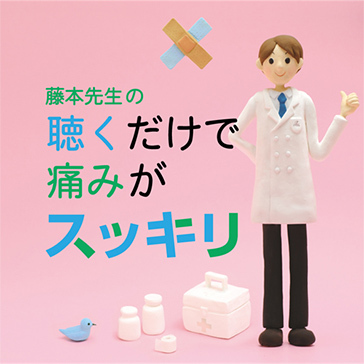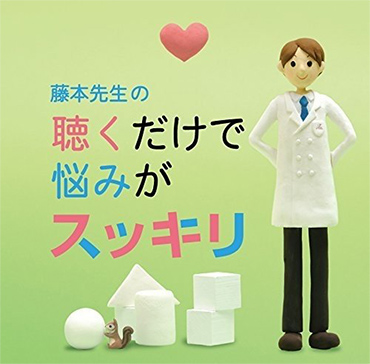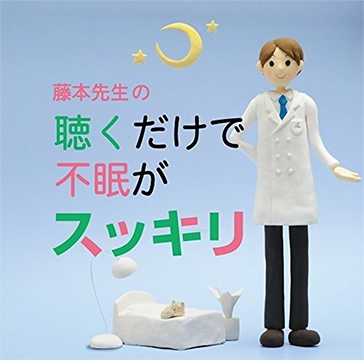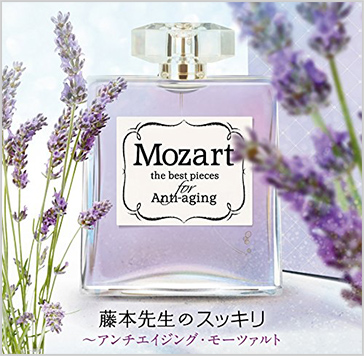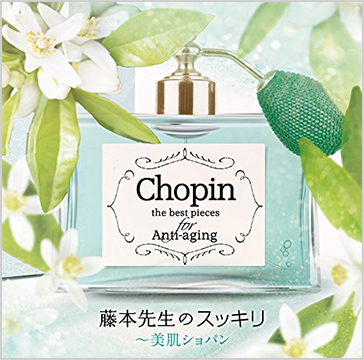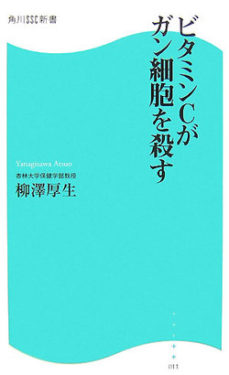
今日はクリニックFの休診日でした。僕は在宅診療の日だったのですが、向かう途中偶然本屋で立ち読みしていて見つけたのがこの本です。
「ビタミンCがガン細胞を殺す」
「ビタミンCの大量注入療法は果たしてガンに効果的があるのか?」
という議論は、古くから医師の間でなされていました。
ライナスポーリング博士による「メガビタミン療法」という言葉を聞いたことはありますか? 一度は米国医学会から葬り去られた彼の理論は2005年にPNAS(米国科学アカデミー紀要)に採択された「薬理量濃度のアスコルビン酸は選択的にガン細胞を殺す:過酸化水素を癌組織へ移送するプロドラッグ作用」( 2005;102:13604-13609 )という論文によって、また注目を浴びることになりました。大量ビタミン療法がやはりがん治療において無視できない理論であったことが再確認されたのです。
この論文を一般読者向けに噛み砕いて書かれたのがこの本です。
家に帰ってから論文の原文を読んでみました(下にアブストラクトを貼り付けます)。ほんの10年前なら、よい論文を見つけても、大学の図書館に通って、内容を確認しなければならなかったのです。これが大学病院勤務医と開業医の知識差を作っていたのですが、今は英語を読むのが苦でなければ、自宅から原文をチェックできるのです。日々勉強している医師ならば、どんな地域にいても最新の医学知識にアクセスできる。インターネット時代の素晴らしいところです。
この実験では、バーキットリンフォーマという悪性リンパ腫の細胞を使用していますが、大量のビタミンCが、その抗酸化作用により、正常の細胞に影響なくガン細胞のみを破壊することが出来るということが証明されています。ガン細胞を破壊できるまでビタミンCの血中濃度を上げるためには、ビタミンCを静脈に注射をするしかないのですが、その方法は医師であればいたって簡単であり、しかも抗がん剤などとの併用も可能です。
しかし残念なのは、この方法は、日本では現在、保険診療が出来ないということです。日本の保険診療は、国民に低い自己負担額で、医療のアクセスを保障したと言う点では世界に胸を張れる素晴らしい制度だと思いますが、こと最新医療に関しては、厚生労働省が保険診療を認可するまで、試すことが出来ないというのは残念な話です。
ちなみに、現在世界で使われている販売実績ベスト100の薬の中で、日本の保険診療下で使用できるのは60程度。つまり世界で最も売れている薬の3分の1が日本で保険診療では使用できないのです。これは世界の主要30カ国のうちで27番目の数字です。驚くべきことだと思いませんか?
僕のクリニックFでも、最新のレーザーは、自分の医師免許を使って個人輸入しています。そうでもしない限り、世界と同じレベルの医療は提供できないのです。
今後、日本の医療がこれから転換をしてゆかなければならない分野ですね。
Proc Natl Acad Sci U S A. 2005 Sep 20;102(38):13604-9. Epub 2005 Sep 12.
Pharmacologic ascorbic acid concentrations selectively kill cancer cells: action as a pro-drug to deliver hydrogen peroxide to tissues.
Molecular and Clinical Nutrition Section, National Institute of Diabetes and Digestive and Kidney Diseases, National Institutes of Health, Bethesda, MD 20892, USA.
Human pharmacokinetics data indicate that i.v. ascorbic acid (ascorbate) in pharmacologic concentrations could have an unanticipated role in cancer treatment. Our goals here were to test whether ascorbate killed cancer cells selectively, and if so, to determine mechanisms, using clinically relevant conditions. Cell death in 10 cancer and 4 normal cell types was measured by using 1-h exposures. Normal cells were unaffected by 20 mM ascorbate, whereas 5 cancer lines had EC(50) values of <4 mM, a concentration easily achievable i.v. Human lymphoma cells were studied in detail because of their sensitivity to ascorbate (EC(50) of 0.5 mM) and suitability for addressing mechanisms. Extracellular but not intracellular ascorbate mediated cell death, which occurred by apoptosis and pyknosis/necrosis. Cell death was independent of metal chelators and absolutely dependent on H(2)O(2) formation. Cell death from H(2)O(2) added to cells was identical to that found when H(2)O(2) was generated by ascorbate treatment. H(2)O(2) generation was dependent on ascorbate concentration, incubation time, and the presence of 0.5-10% serum, and displayed a linear relationship with ascorbate radical formation. Although ascorbate addition to medium generated H(2)O(2), ascorbate addition to blood generated no detectable H(2)O(2) and only trace detectable ascorbate radical. Taken together, these data indicate that ascorbate at concentrations achieved only by i.v. administration may be a pro-drug for formation of H(2)O(2), and that blood can be a delivery system of the pro-drug to tissues. These findings give plausibility to i.v. ascorbic acid in cancer treatment, and have unexpected implications for treatment of infections where H(2)O(2) may be beneficial.
http://www.pubmedcentral.nih.gov/articlerender.fcgi?tool=pubmed&pubmedid=16157892



